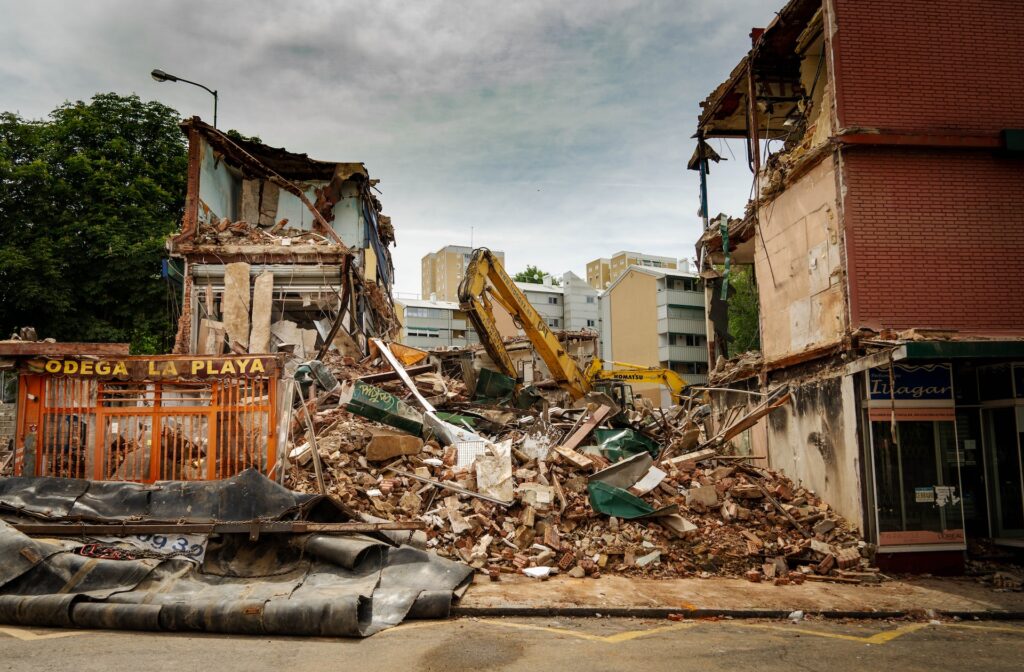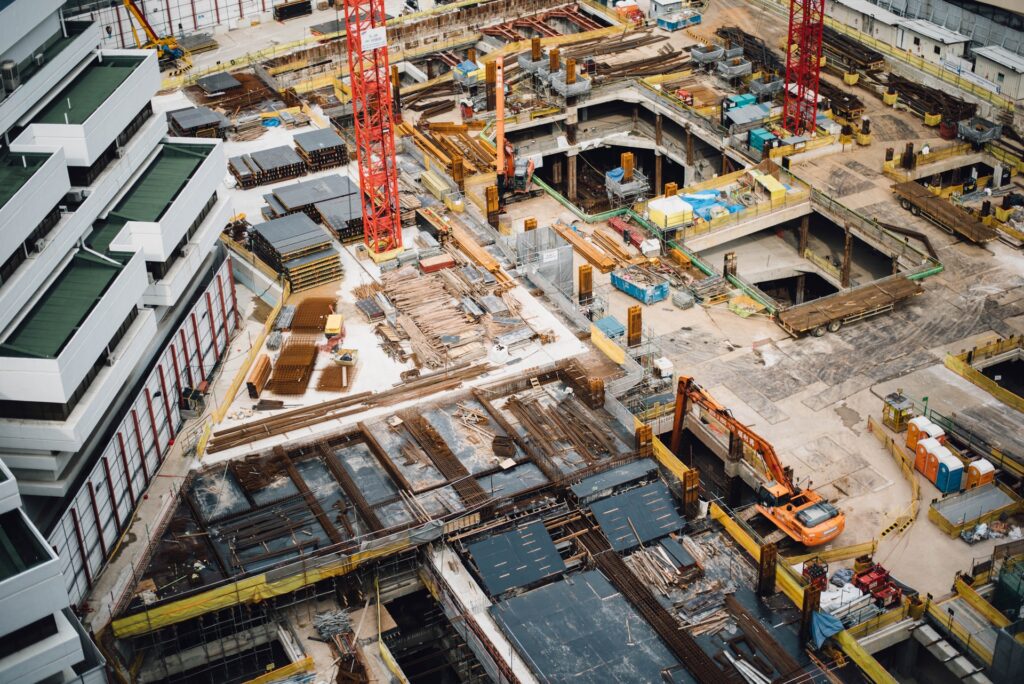
How Soft-Story Buildings and Real Estate Permits Affect Property Value
Understanding Soft-Story Buildings
Soft-story buildings, characterized by an open or weak ground floor that lacks adequate structural support, have become a growing concern in urban areas worldwide. These structures typically feature large openings for parking spaces, commercial storefronts, or other flexible spaces, leaving the upper floors more susceptible to collapse during seismic events. The vulnerability of soft-story buildings poses significant risks to the safety of occupants and nearby properties.
Soft-story buildings are prevalent in regions with high population density, where space constraints often lead to constructing multi-story structures with open ground floors. Cities like San Francisco, Los Angeles, and Vancouver have many soft-story buildings due to historical construction practices and the need for commercial space in densely populated areas.

The Importance of Real Estate Permits
Real estate permits play a critical role in ensuring the safety and compliance of construction projects, including soft-story building retrofits. Obtaining permits is a legal requirement that helps regulate the construction industry and protect the interests of property owners, occupants, and the community.
Specific permits are typically required to initiate construction work for soft-story building retrofits. These permits ensure that the retrofit plans adhere to building codes and safety standards set by local authorities. Building departments review the proposed retrofit designs and construction plans to verify that the structural modifications adequately address the weaknesses of the soft-story buildings.
Soft-Story Building Retrofit Programs
Recognizing the risks associated with soft-story buildings, many cities, and jurisdictions have implemented retrofit programs to enhance structural safety. These programs encourage property owners to retrofit their buildings by offering financial incentives, streamlined permit processes, and technical assistance.
Government initiatives have been crucial in driving soft-story building retrofits. For example, cities like San Francisco and Los Angeles have introduced mandatory retrofit ordinances that require property owners to retrofit their soft-story buildings within a specified timeframe. Additionally, financial assistance programs, tax incentives, and low-interest loans are often made available to alleviate the financial burden of retrofitting.
Successful retrofit projects serve as inspiring examples of how soft-story buildings can be made structurally sound. These projects involve a combination of engineering solutions, architectural considerations, and coordination with contractors to ensure the proper execution of retrofit plans.
Challenges in Retrofitting Soft-Story Buildings
Retrofitting soft-story buildings presents several challenges that must be addressed for successful implementation. One of the primary obstacles is financial considerations, as retrofitting projects can be costly, especially for property owners with limited resources. Exploring funding options, such as grants or partnerships with financial institutions, is crucial to make retrofitting more accessible and affordable.
Technical complexities also come into play during the retrofitting process. Each soft-story building has unique characteristics and requires a tailored engineering solution. Structural engineers must carefully assess the building’s existing conditions, design appropriate retrofit measures, and ensure that the modifications do not compromise the building’s architectural integrity.
Community engagement is another significant challenge in soft-story building retrofits. Some property owners may resist retrofitting due to concerns about disruption, financial burden, or lack of awareness. Educating the community about retrofits’ importance and benefits can help overcome resistance and garner support for retrofitting initiatives.

Benefits of Retrofitting Soft-Story Buildings
Despite the challenges, retrofitting soft-story buildings yields numerous benefits for property owners, occupants, and the community. Firstly, retrofitting enhances the structural integrity of the buildings, significantly reducing the risk of collapse during earthquakes or other seismic events. This ensures the safety of the occupants and minimizes damage to adjacent properties.
Retrofitting soft-story buildings can result in substantial cost savings in the long term. Retrofit measures often lead to increased energy efficiency, reduced maintenance costs, and extended building lifespan. Additionally, retrofitting enhances the property’s value, making it more attractive to potential buyers or tenants.
Retrofitting soft-story buildings also contributes to urban communities’ overall resilience and safety. Cities can better withstand and recover from natural disasters by reducing these structures’ vulnerability. Moreover, retrofit projects often involve community engagement and collaboration, fostering a sense of shared responsibility and collective preparedness.
Future Outlook and Best Practices
The future of soft-story building retrofits looks promising, with technological advancements and innovative engineering solutions. New materials, such as high-strength steel or fiber-reinforced polymers, are being utilized to enhance retrofit measures and improve overall structural performance. Ongoing research and development efforts continue to explore more efficient and cost-effective retrofitting techniques.
Collaboration between stakeholders is crucial for the successful implementation of retrofit programs. Property owners, developers, government agencies, and engineering professionals must work together to streamline the permit process, share best practices, and ensure compliance with safety standards. Public awareness campaigns can also play a vital role in educating property owners and the general public about the benefits and importance of soft-story building retrofits.
Conclusion
In conclusion, soft-story buildings pose significant risks to structural safety, particularly during seismic events. Real estate permits play a crucial role in ensuring the compliance and security of soft-story building retrofits. Retrofit programs, backed by government initiatives and financial incentives, aim to address the vulnerabilities of soft-story buildings. Overcoming challenges such as financial constraints, technical complexities, and community resistance is essential for successfully implementing retrofit projects. Retrofitting soft-story buildings not only enhances structural integrity and safety but also brings long-term cost savings and contributes to the overall resilience of urban communities. By proactively retrofitting soft-story buildings, we can secure our communities and protect lives and properties from the devastating impacts of earthquakes.

Jason Somers, President & Founder of Crest Real Estate
With over 15 years of professional experience in the Los Angeles luxury real estate market, Jason Somers has the background, judgement and track record to provide an unparalleled level of real estate services. His widespread knowledge helps clients identify and acquire income producing properties and value-ad development opportunities.
Learn more about Jason Somers or contact us.



